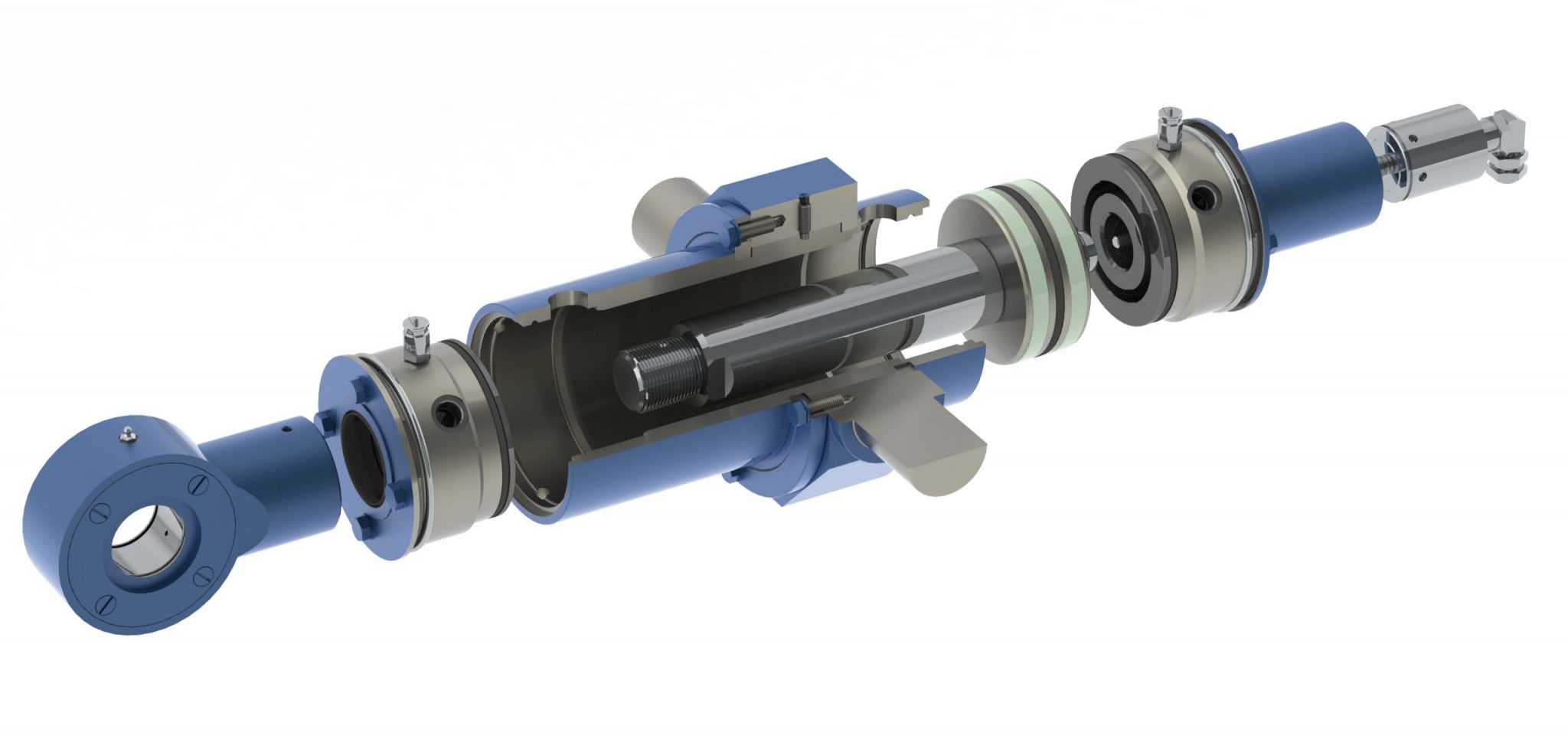Reverse engineering reproduces a product by following a detailed examination of its construction or composition. It is attempting to duplicate the product, or mold, by taking all the original dimensions and recreating it. Manufacturers often use this process to remake molds for plastic parts when the original design files are lost or no longer exist. The closest comparison is in redeveloping parts for vehicles that are no longer manufactured.
Replicating An Original
Reverse engineering differs from an original design mainly because manufacturers don’t create the mold from scratch. The design team aims to duplicate an existing part to the exact specifications of the original. Once the mold is complete, the piece can be fabricated without limit.
Practical Processes
The process must include several considerations, such as shape, function, and material reversal. The practical application of reverse engineering for injection mold manufacturing primarily comprises:
- The design of new parts for product modification or profiling
- Duplicating existing parts to reproduce the original product’s design intent
- Restoring damaged or worn parts
- The detection and comparison of digital models
Reverse engineering technology provides good technical support for rapid design and prototyping. It’s one of the most essential and concise ways of information transmission in manufacturing.



